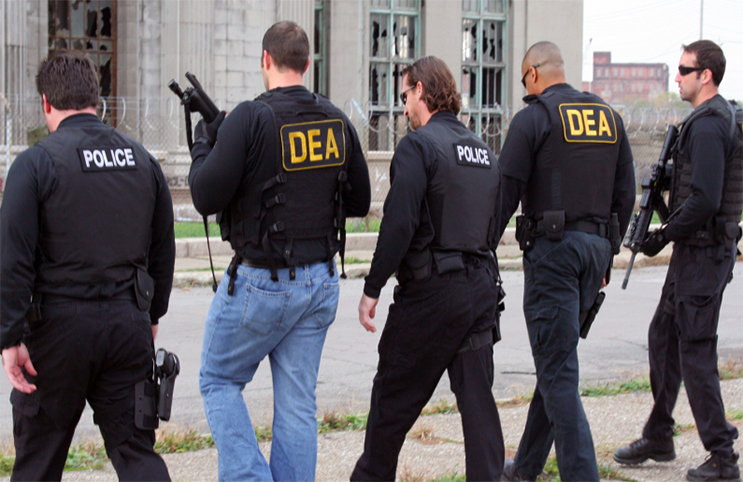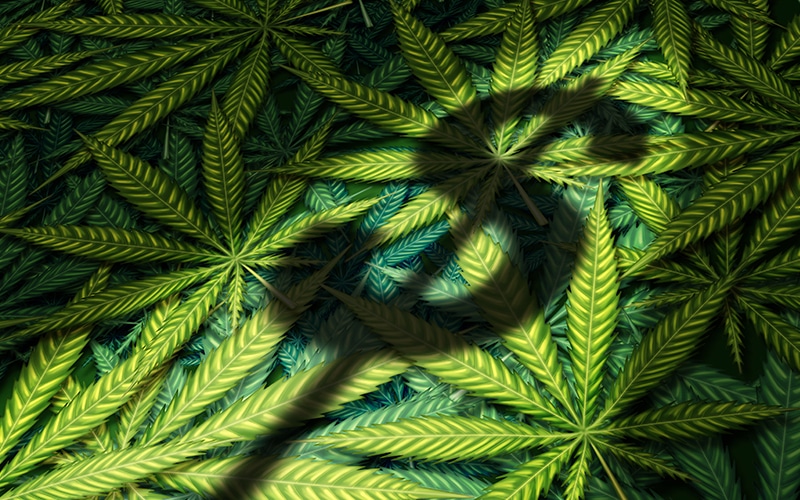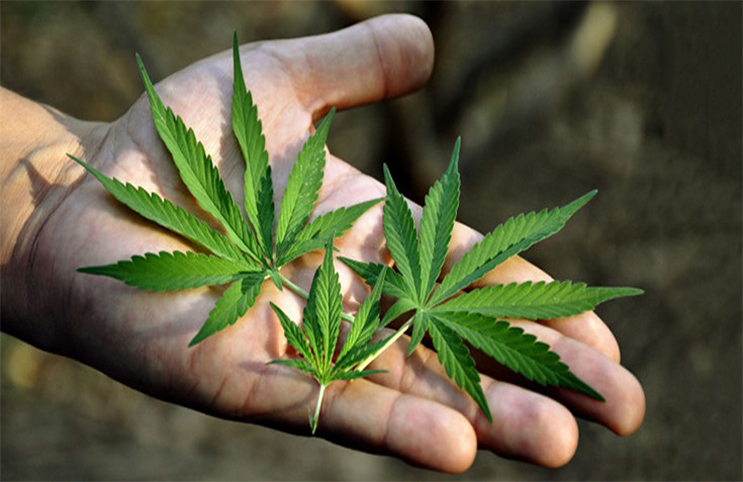The U.S. Drug Enforcement Administration says it will castrate the Big Pharma monster in 2017 by restricting a number of prescription painkillers the industry is allowed to manufacture. Earlier this week, Uncle Sam’s leading drug soldiers announced a 25 percent reduction in the production quota of almost every Schedule II “Opiate and opioid medication,” including popular narcotics like oxycodone, fentanyl, hydromorphone, and morphine, according to a press release.
Confusingly, while the great American landscape, at times, appears to be evolving into a wild-eyed junkie nation due to the demand of these prescription drugs on the black market, the DEA attributes its decision to sever the production of painkillers to diminishing sales and a lack of demand from the healthcare community.
The agency said the latest figures will “Meet the estimated medical, scientific, research, industrial, and export needs for the year and for the maintenance of reserve stocks.” According to the 2015 National Survey on Drug Use and Health, somewhere around 6.5 million U.S. citizens over the age of 12 used prescription painkillers for recreational purposes in the past month.
The report suggests the illegal use of opioid medications is second only to the consumption of marijuana, which is now legal in some fashion in well over half of the nation. The Centers for Disease Control and Prevention made a move earlier this year in an attempt to curb the opioid epidemic, urging physicians to use “Non-opioid therapy” instead of narcotic drugs. The federal government still refuses to take the necessary action to provide more opportunities to research the therapeutic benefits of marijuana-a safer substance that has been shown to be an effective alternative to some prescription drugs.
A couple of studies published earlier this year show signs that the medical marijuana industry is taming the opioid epidemic. The brilliant concept of pulling the modern American dope fiend out of the gutter is being overshadowed by the pharmaceutical companies, which are reportedly spending hundred of millions of dollars in all 50 states to persuade state and federal lawmakers to vote against any and all legislation, including bills pertaining to marijuana, aimed at putting a leash on opioid distribution.
As it stands, there are more than 20 marijuana-related bills, including one that would make medical marijuana legal nationwide, which has yet to receive any consideration from congressional gatekeepers with respect to a hearing. The latest federal data shows there have been a record number of drug overdose deaths in the past decade. The CDC says 500,000 people died from opioid overdoses between 2000 and 2014.
The issue is so severe in some parts of the United States, especially in the Midwest, that opioid antidotes are now being offered in high schools in hopes of preventing students from succumbing to the wrath of these dangerous drugs. Marijuana remains a Schedule I drug under the DEA’s Controlled Substances Act-a listing that suggests the herb is as dangerous as heroin. According to the DEA, “No death from overdose of marijuana has been reported.”
MAPH Enterprises, LLC | (305) 414-0128 | 1501 Venera Ave, Coral Gables, FL 33146 | new@marijuanastocks.com










